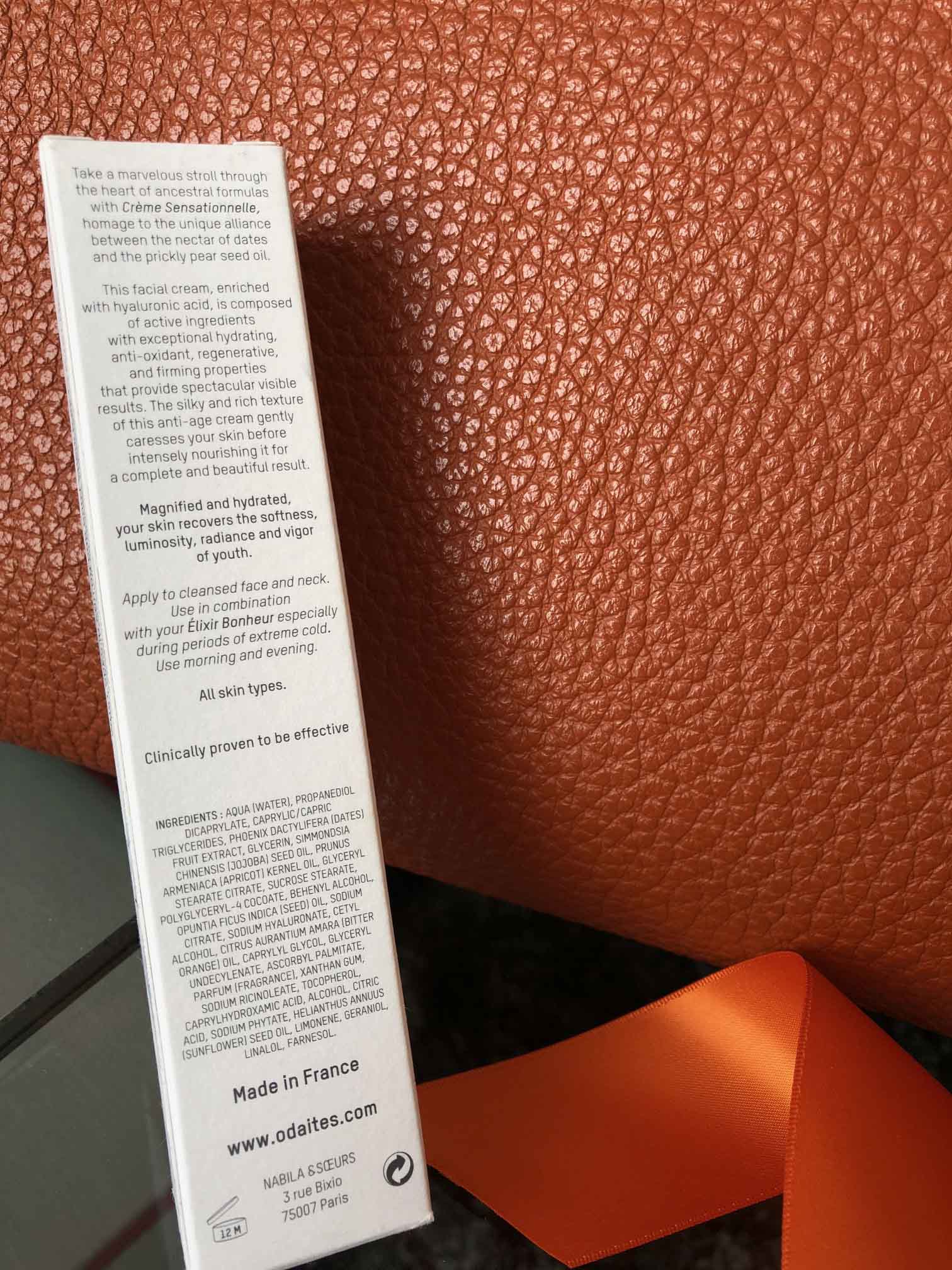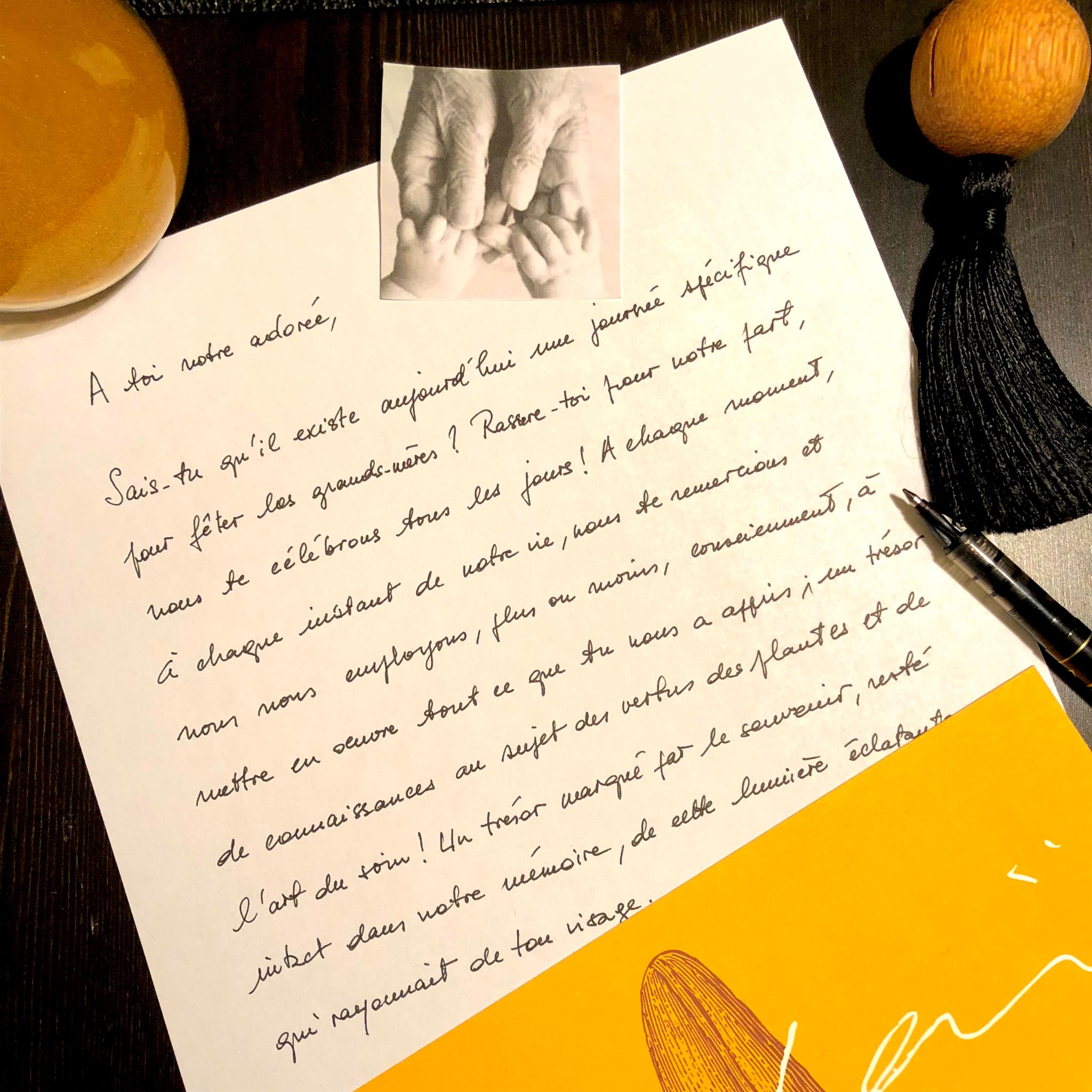
How to easily decipher the composition of your cosmetics
More and more of you are asking yourself questions and wanting to decipher the composition of your cosmetic treatments as well as that of your food products. This is excellent news because we campaign every day to enlighten you on the importance of this composition and more particularly on the extreme attention we pay at L’ODAÏTÈS to the quality of the active substances and the ingredients composing them.
We are well aware that in the face of packaging, apart from the “marketing” words, the only way you have to consult the composition is by reading the list of ingredients. It is still necessary to be able to decipher it!
The exercise is not easy because if it is essential to indicate the composition, the manufacturers must be allowed to protect their formula. However, we can enlighten you on the rules for establishing this so-called INCI list and other information. Thus, you will already be much better able to make your choice with full knowledge of the facts.
What is an INCI list of ingredients?
The INCI (International Nomenclature of Cosmetic Ingredients) is the international nomenclature of cosmetic ingredients with the advantage of making all packaging "speak" one and the same "language" in almost all countries.
It has been compulsory in Europe since 1998. Thus, a cosmetic product can only be placed on the market if the container and / or the packaging bear in indelible characters, easily visible and legible, the list of all the ingredients, under their name. INCI name, and preceded by the word "ingredients". If this is not practical (size too small), the hand symbol on the book refers either to a notice, or to a label, or to any other indicative medium.
The Fraud Control Agency (DGCCRF) and the National Medicines Safety Agency (ANSM) may at any time check this INCI list.
The decryption keys of an INCI list
Most concentrated ingredients first
First of all, be aware that the INCI lists the ingredients of a product in descending order of concentration, up to a concentration of 1%. Below, the ingredients are listed in a completely random order in order to protect the product formula from competition.
Thus the ingredients most present in concentration appear first. But if an ingredient is listed last, you may not necessarily be able to conclude that its concentration is not effective, especially if the list of components is not long.
Some exceptions to be aware of
Certain ingredients such as hyaluronic acid and essential oils cannot be at the top of the list. Indeed, on the one hand their action is effective from a very low dosage in the product and on the other hand they can induce unsuitable textures or even become toxic beyond a certain relatively low threshold (often in below 1%).
In addition, certain molecules making up essential oils or perfumes (for example Farnesol, Citral, etc.) may present allergic risks in certain subjects. Thus, a list of 26 allergens has been drawn up by the European cosmetic regulation which requires them to be mentioned for information purposes at the end of the INCI list only when their concentration in the finished product is greater than 0.001% for rinsed products and 0.01% for leave-on products. So if you are looking for allergens, go directly to the end of the INCI list. Know that you can quite have allergies to a natural or organic product even if allergies remain more frequent in conventional products.
False friends even in the INCI list
The INCI nomenclature is written in two languages. Plant extracts are listed under the Latin name of their plant. For example, Simmondsia chinensis Seed Oil refers to jojoba seed oil. The other ingredients are listed in the English version of their chemical designation. Sodium hyaluronate, a compound relating to hyaluronic acid, is written in English and INCI Sodium Hyaluronate and will appear on the list as is.
Be careful, with bad interpretations, the mention "Castor Oil" does not mean castor oil but castor oil. "Stearyl Alcohol is a fatty alcohol that has nothing to do with alcohol, to learn more see our article alcohol in cosmetics.
Finally, it is not the raw materials used in the formulation of a product that are listed but indeed the ingredients that make up these raw materials.
The INCI list does not provide any information on the quality of the ingredients, their origin or their method of manufacture. A virgin vegetable oil and a refined vegetable oil are named from the
same way.
And silicones in all of this ...
The presence of silicones is easy to spot because their chemical name most often ends in "-xane", "-ane", "-thicone" or "-thiconol" (For example: dimethicone, cyclotertrasiloxane, etc.). This petrochemical derivative is used for its silky feel it provides but has the disadvantage, among other things, of suffocating the skin or hair. Cosmetic dyes, excluding hair dyes, must appear in CI "Color Index" form followed by the number (example CI 77 891) and are indicated in any order at the end of the list of other ingredients. You will be able to detect their presence.
The mobile application "Clean Beauty" Which scans and decrypts INCI ingredients can help you detect the presence of allergens and unwanted ingredients
What about the other symbols on a packaging
It is not necessary to indicate the expiry date after opening on spray packages, on formulas without risk of deterioration and on those with an expiry date. The latter must be clearly indicated if it is less than 30 months by the words "to be used preferably before the end of XX". If the duration of use can exceed 30 months, the number mentioned next to the open jar symbol indicates the number of months of use after opening.
Each product has a manufacturing batch number which is essential in the event of a recall of formulas and for general traceability. The drawing of a hand on a book indicates that there are specific precautions for use indicated on a package leaflet.
The pictograms on the packs are symbols of a commitment (financing a waste management system, organic label, etc.). The sale of products tested on animals has been banned by the EU, including for imported products, since 2015 but you will still find packs mentioning it because many still ignore it. Just as some packs mention the absence of undesirable substances such as parabens, silicones, etc... and to date, there is not yet any harmonization at this level but the battle on the mentions has not finished being debated. given the growing demand for transparency on the content of our cosmetics.


